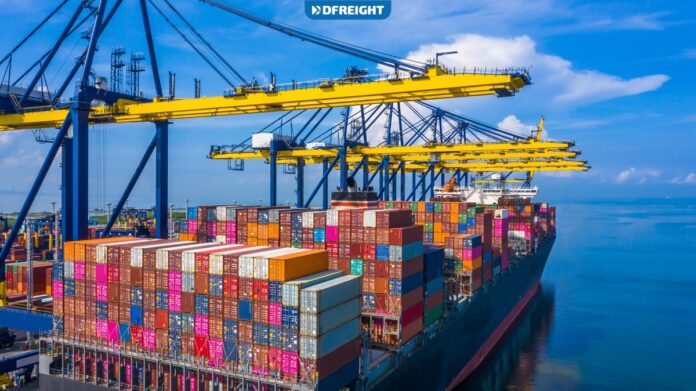The Landscape of Australian Freight Transport: Australia, often referred to as the land down under, boasts a vast and diverse landscape that presents unique challenges and opportunities for freight transport. With its expansive territory spanning over 7.6 million square kilometers, Australia relies heavily on efficient and reliable freight transportation networks to connect its major cities, regional centers, and remote communities. From bustling urban ports to rugged outback roads, the Australian freight transport sector plays a pivotal role in supporting the nation’s economy and facilitating international trade.
Modes of Transport: Road, Rail, Sea, and Air: In Australia, freight is primarily transported through four main modes: road, rail, sea, and air. The road network serves as the backbone of domestic freight transport, with trucks carrying goods to various destinations across the country. Rail freight, although accounting for a smaller share compared to road transport, plays a crucial role in transporting bulk commodities such as coal, iron ore, and agricultural products over long distances. Additionally, Australia’s extensive coastline and numerous ports facilitate the movement of goods via sea transport, connecting the nation to global markets. Meanwhile, air freight remains vital for time-sensitive and high-value cargo, linking Australia to international trade routes and ensuring swift delivery of goods.
Challenges and Opportunities in Freight Transport Infrastructure: Despite significant investments in infrastructure development, Australia faces several challenges in its freight transport network. The vast distances between major cities and remote regions often result in long transit times and higher transportation costs. Additionally, congestion on urban roads and limited capacity in key transport corridors pose operational challenges for freight carriers. Moreover, maintaining and upgrading infrastructure to meet growing freight demands while addressing environmental concerns and sustainability goals presents a complex task. However, these challenges also present opportunities for innovation and investment in infrastructure projects aimed at enhancing efficiency, reducing carbon emissions, and improving connectivity across transport modes.
Technology and Innovation Driving Efficiency: In recent years, technology and innovation have played an increasingly important role in transforming Australia’s freight transport sector. Advancements in vehicle telematics, automation, and digital platforms have enabled freight operators to optimize route planning, monitor vehicle performance, and streamline logistics operations. Moreover, the integration of data analytics and predictive modeling has facilitated better demand forecasting and resource allocation, leading to improved supply chain efficiency and reduced operational costs. Additionally, initiatives such as smart infrastructure, electrification of transport fleets, and alternative fuel technologies are paving the way for a more sustainable and environmentally friendly freight transport system.
Regulatory Framework and Future Outlook: The regulatory framework governing freight transport in Australia is complex and multifaceted, encompassing various laws, regulations, and industry standards aimed at ensuring safety, efficiency, and environmental sustainability. Government agencies such as the Australian Transport Safety Bureau (ATSB) and the National Heavy Vehicle Regulator (NHVR) play key roles in enforcing compliance and promoting best practices within the industry. Looking ahead, the future of freight transport in Australia is poised for continued growth and innovation, driven by evolving consumer demands, technological advancements, and shifting market dynamics. By embracing emerging trends such as digitalization, automation, and sustainable practices, Australia can further enhance its freight transport networks to meet the demands of a rapidly changing global economy.
In conclusion, freight transport in Australia is a dynamic and multifaceted industry that plays a crucial role in supporting the nation’s economic growth and connectivity. With its vast landscape and diverse transport modes, Australia faces both challenges and opportunities in ensuring the efficiency, reliability, and sustainability of its freight networks. By leveraging technology, innovation, and strategic investments in infrastructure, Australia can navigate the terrain of its freight transport sector and emerge as a leader in the global supply chain.


